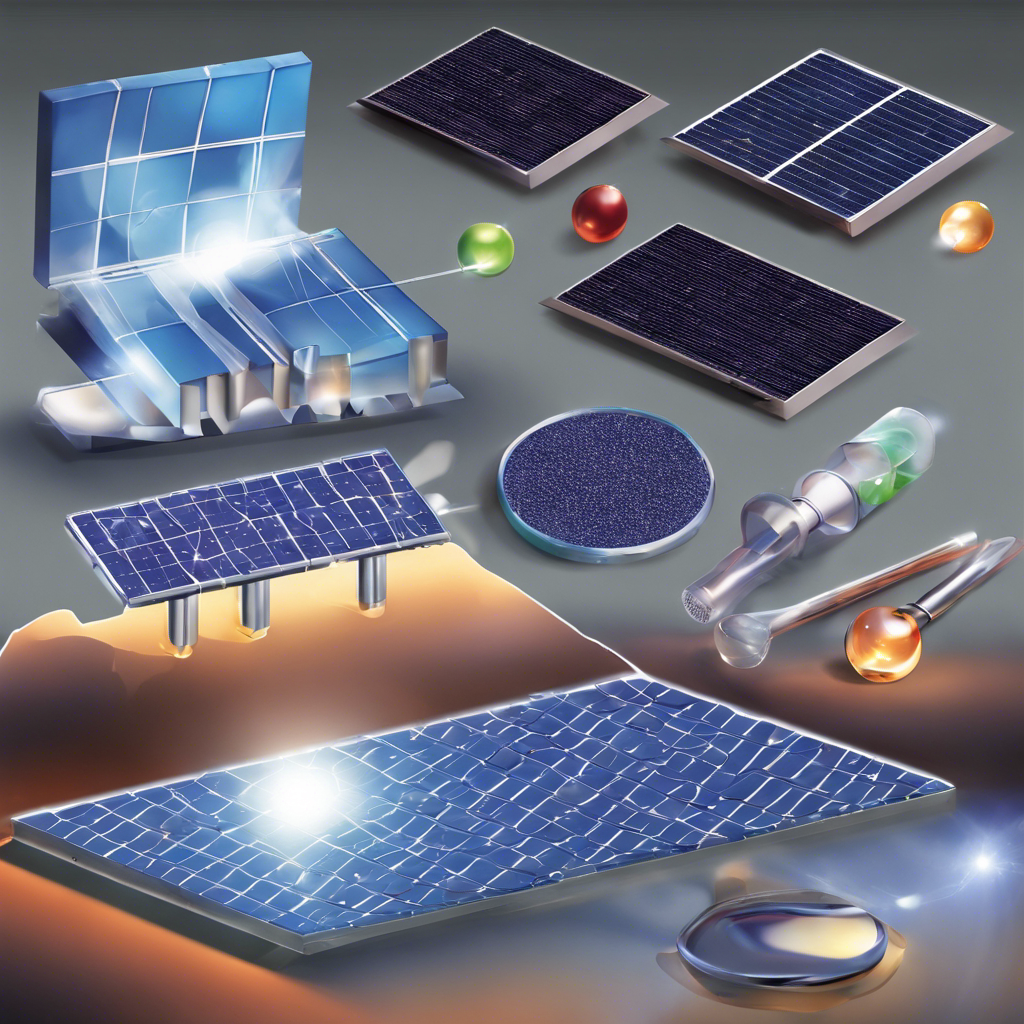Scientists Develop Breakthrough Miniaturized Solar Cells with Potential for Revolutionary Applications

University of Ottawa researchers achieve milestone in miniaturization of electronic devices with the creation of back-contact micrometric photovoltaic cells
Scientists at the University of Ottawa have made a significant breakthrough in the field of miniaturized electronic devices. They have successfully manufactured the first back-contact micrometric photovoltaic cells, which are twice the thickness of a strand of hair. These cells offer several advantages over conventional solar technologies, including a reduction in electrode-induced shadowing by 95% and the potential to lower energy production costs by up to three times. The development of these cells opens doors to various applications, such as densification of electronic devices, more efficient solar cells, lightweight nuclear batteries for space exploration, and miniaturization of devices for telecommunications and the internet of things.
Advancements in Miniature Solar Cells
The University of Ottawa researchers have published a research paper in the journal Cell Reports Physical Science, explaining their breakthrough in miniature solar cells. They have successfully fabricated 3D interconnects on a multijunction solar cell using processes such as plasma etching, electrodeposition, and chemical-mechanical polishing. This integration of through substrate vias to the heterostructure enables the creation of photonic power devices with areas three orders of magnitude smaller than standard chips. The shading factor is reduced to below 3%, resulting in a 6-fold increase in wafer area use compared to miniaturized photonic power devices with two-dimensional connections. These advancements pave the way for applications such as power over fiber, the internet of things, and microconcentrator photovoltaics.
The Promise of Miniaturized Electronic Devices
The development of back-contact micrometric photovoltaic cells holds significant promise for society. The reduced cost and increased power of solar cells can accelerate the energy shift, while lightweight nuclear batteries can facilitate space exploration. Additionally, the miniaturization of devices can contribute to the growth of the internet of things and lead to more powerful computers and smartphones. The creation of these cells marks a crucial step in the miniaturization of electronic devices.
Overcoming Challenges in Commercial Production
The researchers acknowledge the challenges involved in transitioning new technology from the lab to commercial production. The 3D architecture of the cells presents increased failure risks, higher manufacturing costs, and the requirement for specialized tools. However, the researchers believe that the mature CMOS industry can mitigate these risks. The manufacturing cost increase can be offset by the 6-fold increase in active area and the use of surface mounting technology assembly processes. Specialized tools that are not currently used in the multijunction photovoltaic industry, such as plasma etching and chemical-mechanical planarization, can be adopted from the CMOS industry.
Conclusion:
The University of Ottawa’s breakthrough in miniaturized solar cells has the potential to revolutionize the field of electronic devices. By reducing shadowing and improving efficiency, these cells offer advantages over conventional solar technologies. While challenges remain in commercial production, the researchers are optimistic about the potential benefits for society. The development of these cells opens up new possibilities for more powerful solar cells, lightweight nuclear batteries, and miniaturized devices for various applications. As the world continues to explore the possibilities of advanced technology, the miniaturization of electronic devices will play a crucial role in shaping the future.

